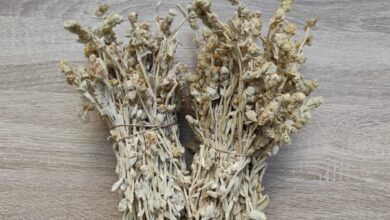Clavelina Cuttings: [Concept, Period, Rooting and Planting]
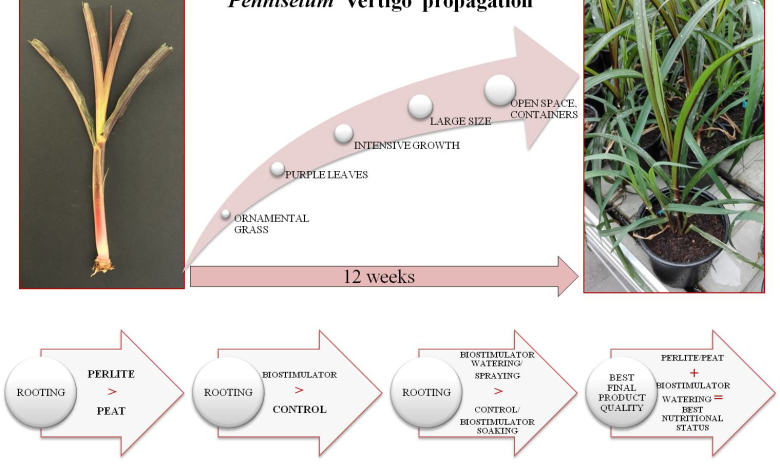
What does it mean to plant by cuttings?
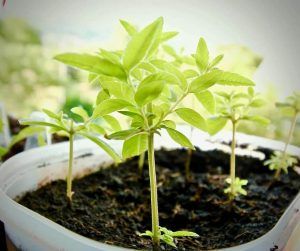 The reproduction of a plant by means of a fragment of it that can be a stem, a leaf, a rhizome or a root is the technique of planting by cuttings.
The reproduction of a plant by means of a fragment of it that can be a stem, a leaf, a rhizome or a root is the technique of planting by cuttings.
The cuttings can be: tender, juvenile, semi-mature, woody, bud, foliar and root.
Planting by cuttings is a very useful process for those plants that do not produce seeds or that produce a limited number of them.
Planting by cuttings allows multiplying a good number of plants from a single specimen: homogeneous and of good commercial quality.
There are many advantages of planting through cuttings, it is a simple cloning method, easy to perform and if the procedures are followed, success can be achieved.
What is the best time to plant carnation cuttings?
The best time for planting carnation cuttings is in spring- summer.At present and with modern reproduction techniques, the planting of carnation cuttings can be done during any time of the year.
Specialists consider that the time of year in which the cutting is practiced is an important aspect for the success of the reproduction of carnations or of any plant.
How to get the carnation cuttings to root correctly?
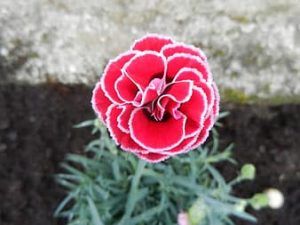 The carnation, like the other plants of its kind, is very easy to grow. Hence, for its correct rooting it does not require much support.
The carnation, like the other plants of its kind, is very easy to grow. Hence, for its correct rooting it does not require much support.
However, horticulturists recommend a treatment with growth regulators that speed up its development and increase the quality of its roots.
Also, and for the carnation cuttings to root correctly, they must be placed in greenhouse environments, maintaining humidity above 95%.Then the cuttings should be kept on a sterilized substrate at a temperature of 20º C. In this way the carnation will take root in 3 weeks.
How should we take the carnation cuttings to plant them?
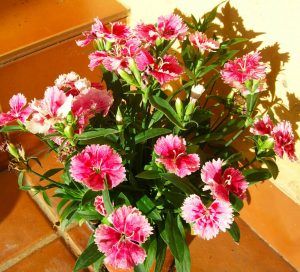 Carnation cuttings should be taken mainly from mother plants that are healthy and robust and that do not have flowers.
Carnation cuttings should be taken mainly from mother plants that are healthy and robust and that do not have flowers.
For the carnation cutting to be suitable for cultivation, it must be taken from the middle part of the stem, since the lower nodes are less vegetative and the upper ones give rise to premature growth.
It is recommended to cut a piece of a bud or young shoot with a length of 10 to 15 cm and with 5 to 6 pairs of leaves.
But the consistency of the carnation cutting should be neither extremely woody nor excessively herbaceous.Experts recommend harvesting carnation cuttings by hand to prevent the spread of diseases.
The best time to take key cuttings is in the coolest hours of the morning.Gardening tools for taking carnation cuttings must be sharp, clean and disinfected.
How long should we leave carnation cuttings in water?
Because it is a flower-type plant, carnation cuttings can be placed in a rooting solution before proceeding with cultivation.
Carnation cuttings can be kept in cold environments where rooted cuttings can last 15 days and up to 2 months those that are not rooted.Once the carnation cuttings are ready and prepared, we proceed to planting.
Is it convenient to use fertilizer or compost?
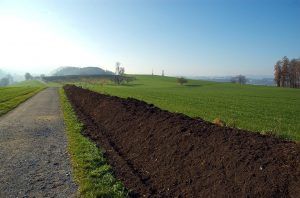 For the cultivation of carnations through cuttings, it is convenient and recommended to apply the fertilizer after three weeks of planting, with soluble or liquid fertilizers at a dose of 1 g per liter of water once a week.
For the cultivation of carnations through cuttings, it is convenient and recommended to apply the fertilizer after three weeks of planting, with soluble or liquid fertilizers at a dose of 1 g per liter of water once a week.
Like the other carnation species, the carnation needs to have a balance of nitrogen, phosphorus, and potassium.
Phosphorus is very important in the early stages of development, as it enhances the growth of the root system.For its part, potassium improves the appearance of the carnation and increases the vigor of the plants.
The germination of the carnation will be favored by keeping the planted cutting at a temperature of 16 to 20º C. The carnation is a kind of rustic carnation, so it can also be used as a substrate for outdoor plants and even a universal substrate.
How long does it usually take for a carnation cutting to come out?
The carnation cutting can take up to 10 days to germinate when offered the correct environmental and fertilization conditions.
Like carnations in general, the germination time of the carnation depends on the type, whether it is uniflora or multiflora, but generally in two months new stems are already observed and in another month buds of the new flower can be seen.
Then, in the following spring, when there is no risk of frost, it can be transplanted into the garden soil.
Bibliography and references
- Bent Ana. (2019). Great Book of Indoor Gardening. First edition. Servilibro Editions, SA Madrid-Spain. PP 43-47.
- Manual of propagation of higher plants. Metropolitan Autonomous University. First Digital Edition 2017, Coyoacán. Mexico PDF.
digital database
- Ecured.com. Carnation of the Poet. Clavelina. Reproduced from: https://www.ecured.cu/Clavel_del_poeta
- Reproduction of carnations by separation of bushes and cuttings. Reproduced from: https://www.youtube.com/watch?v=CDzkVrbTGfU
- Reproduce carnations easily. Reproduced from: https://www.youtube.com/watch?v=WBO51c19rpM
- Ecured.com. Cuttings. Reproduced from: https://www.ecured.cu/Esqueje
On our page you can learn more about the reproduction by cuttings of some plants and trees:
- Rose cuttings.
- Rosal cuttings in potato.
- Olive cuttings .
- Rosemary cuttings.
- Lavender cuttings.
- Jasmine cuttings.
- Ivy cuttings .
- Geranium cuttings.
- Mandarin cuttings.
- Cypress cuttings.
- Carnation cuttings.
- Dracaena marginata cuttings.
- Carnation cuttings.
- Camellia cuttings .
- Cactus cuttings.
- Bougainvillea cuttings.
- Bamboo cuttings.
- Sweet potato cuttings.
- Boxwood cuttings.
- Artichoke cuttings .
- Begonia cuttings.
- Tree cuttings.
- Almond cuttings.
- Aloe vera cuttings.
- Oleander cuttings .
- Holly cuttings.

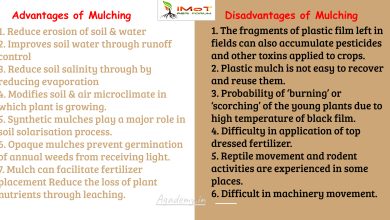
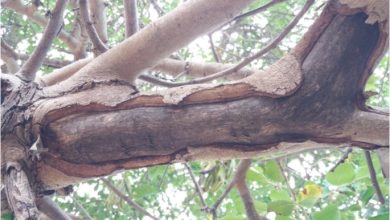
![Photo of Kiwi Pests and Diseases: [Detection, Causes and Solutions]](https://www.complete-gardening.com/wp-content/uploads/2022/08/kiwi-pests-and-diseases-detection-causes-and-solutions-390x220.png)
